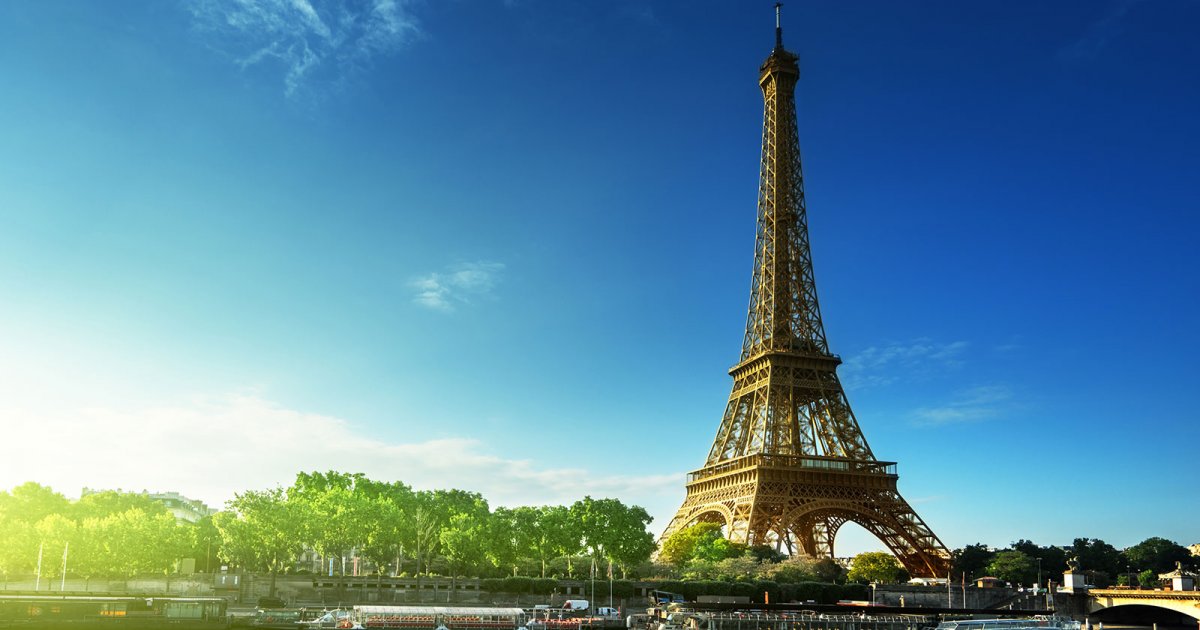EIFFEL TOWER, Introduction
 Language: English / USA
Language: English / USA
Hi, I'm Ed, your personal guide. Together with MyWoWo, I'd like to welcome you to one of the wonders of the world.
Today I'll accompany you through the Eiffel Tower.
This Tower clearly doesn't need any presentations, and I'm sure you already know quite well that it is one of the most famous buildings in the world!
Overly imitated and admired, it is unmistakable as well as bound to the name of its designer; you can see it rise high in the north-western end of the ancient military parade grounds, Champ de Mars. You can reach it by any means, even in "bateau-mouche", given its proximity to the Seine at Pont d'Iéna.
Three hundred meters tall, the tower was erected in just over two years by Gustave Eiffel, just in time to be inaugurated at the 1889 Universal Exposition that celebrated the 100th anniversary of the start of the French Revolution. Its forward-thinking trade minister and chairman of the Exposition commission sought an unmistakable symbol for affirming Paris's modernity, and its role as a "lighthouse" for the European culture, progress, and industry that was experiencing intense growth.
The structure was designed by the audacious Gustave Eiffel, an experienced engineer in the construction of railway bridges. Its construction proceeded rapidly thanks to the effort of skilled workers who were accustomed to working at vertiginous heights, and an effective team of collaborators, whose seventy-two names are engraved on the decoration below the first platform.
The monument is even more impressive after sunset when, thanks to well-thought out artificial lighting, it shines even more than during the day, and even sparks during some magical minutes. Its lighting at night has different colors, effects and intensities depending on the circumstances. On the other hand, it's also quite impressive when all of its lights are turned off as a sign of mourning after serious incidents.
FUN FACT: you may not believe it, but before, during, and after the construction works, the tower was severely criticized by politicians, architects, and intellectuals.
The architect of the nearby Trocadero building complex, the Opéra architect, writers Alexandre Dumas and his son, Guy de Maupassant, and many others signed an open letter against this "useless and monstrous tower". They were joined by a chorus of complaints and concerns from those who lived nearby, who feared its collapse. There were even some who feared that the tower would become magnetized and attract all the iron objects in Paris!



